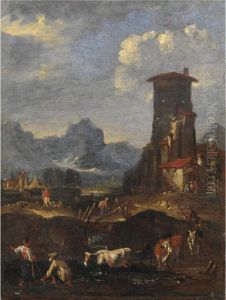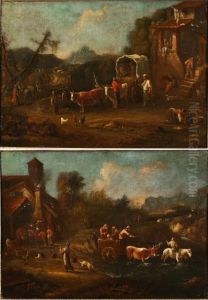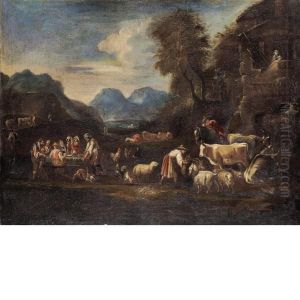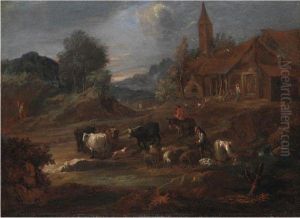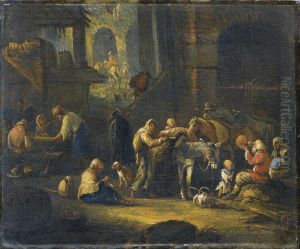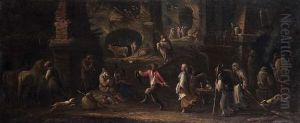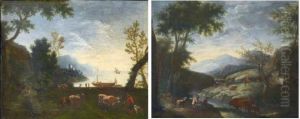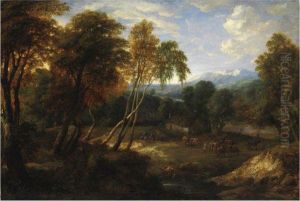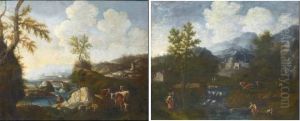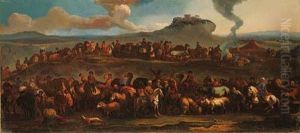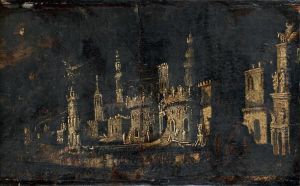Ernesto, Monsu Daret Paintings
Ernesto Monsu Daret, an artist whose life and works remain somewhat enigmatic due to the scarcity of historical records, was a prominent figure in the Baroque art movement of the 17th century. Born in 1599, likely in the Southern Netherlands, Monsu Daret's contributions to the art world are often overshadowed by his more famous contemporaries. However, his unique style and approach to painting have garnered him a place in art history discussions.
Daret's early life is shrouded in mystery, with little known about his family background or education. It is speculated that he may have been trained by local artists in the Netherlands or possibly traveled to Italy to study the works of the great Renaissance and Baroque masters. What is clear is that by the 1620s, Daret had established himself as a skilled painter, known for his dramatic use of light and shadow, a hallmark of the Baroque style.
Throughout his career, Monsu Daret worked in various European cities, including Antwerp, Rome, and possibly Paris. His works were primarily religious and mythological scenes, imbued with a sense of drama and emotion that was characteristic of the Baroque period. Daret was also known for his portraiture, where he excelled in capturing the personality and essence of his subjects.
One of the defining features of Daret's art is his innovative use of chiaroscuro, the technique of using strong contrasts between light and dark to achieve a sense of volume in modeling three-dimensional objects and figures. This technique, which was also employed by artists like Caravaggio, gave Daret's paintings a dramatic and intense atmosphere.
Despite his talent and contributions to the Baroque movement, Monsu Daret's work was often overshadowed by the more dominant figures of his time. After his death in 1650, his paintings were somewhat forgotten, and it was not until centuries later that art historians began to re-evaluate his work and acknowledge his place in art history.
Today, Ernesto Monsu Daret is celebrated for his unique contributions to the Baroque period, particularly for his mastery of chiaroscuro and his ability to convey deep emotional resonance through his paintings. Although many of his works have been lost to time, those that survive continue to captivate and inspire, serving as a testament to his skill and vision as an artist.
